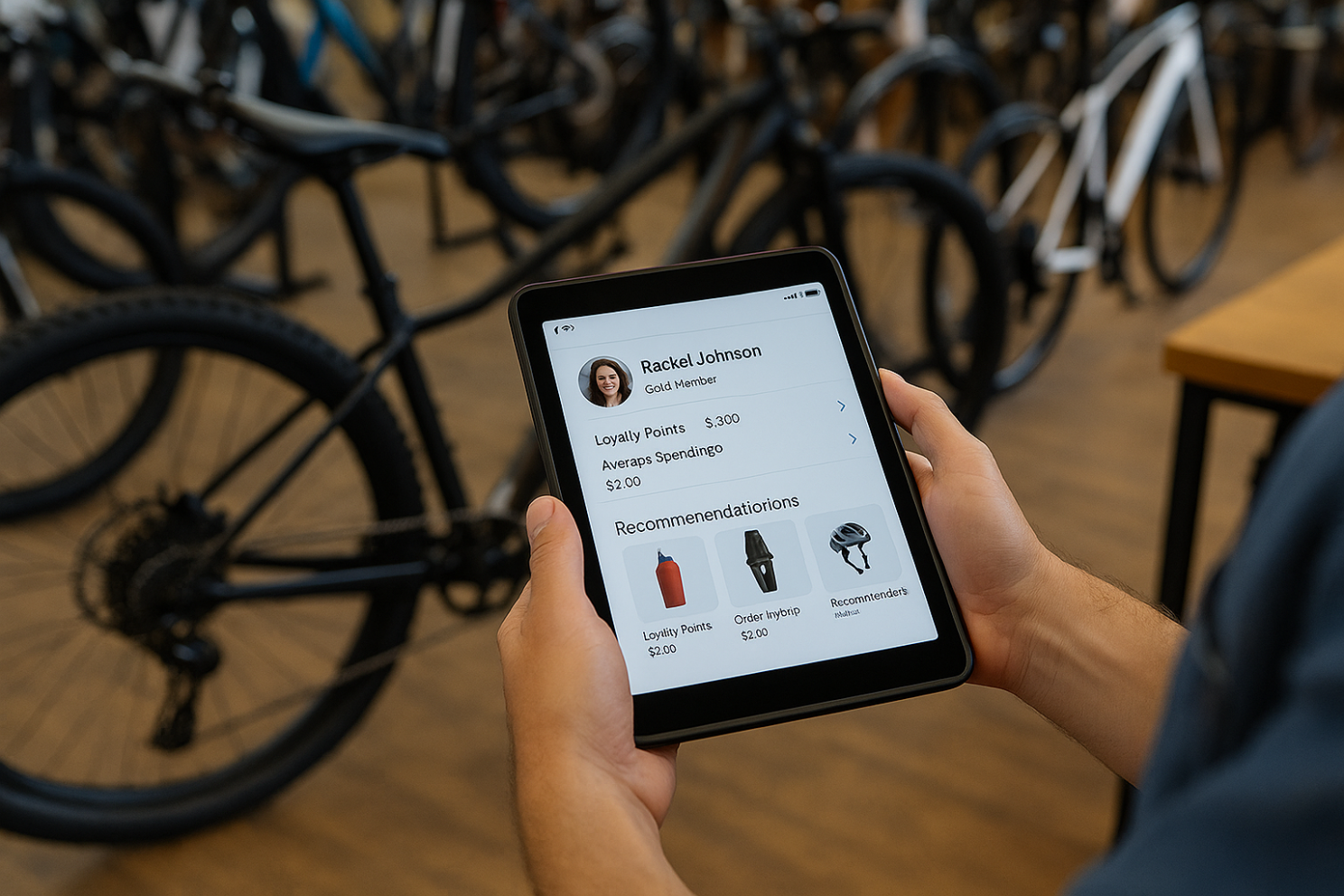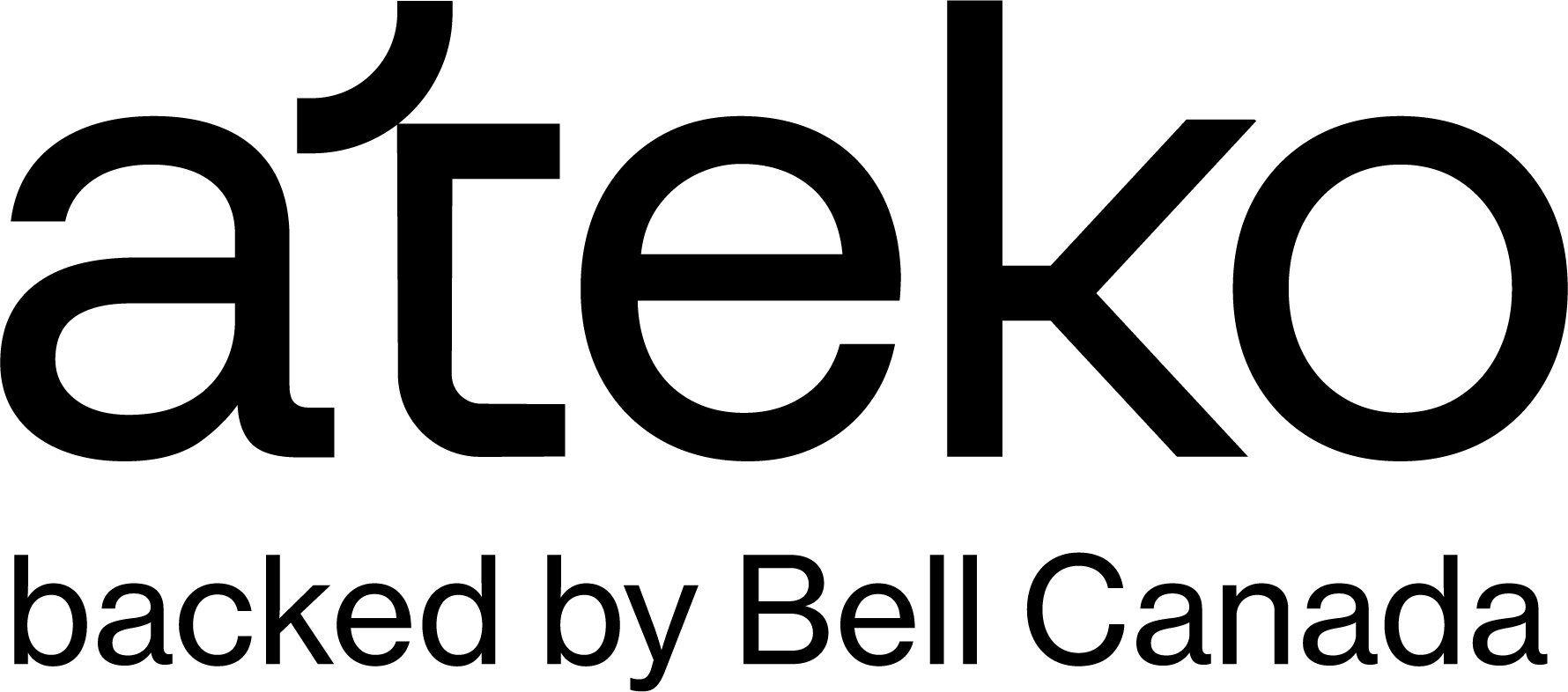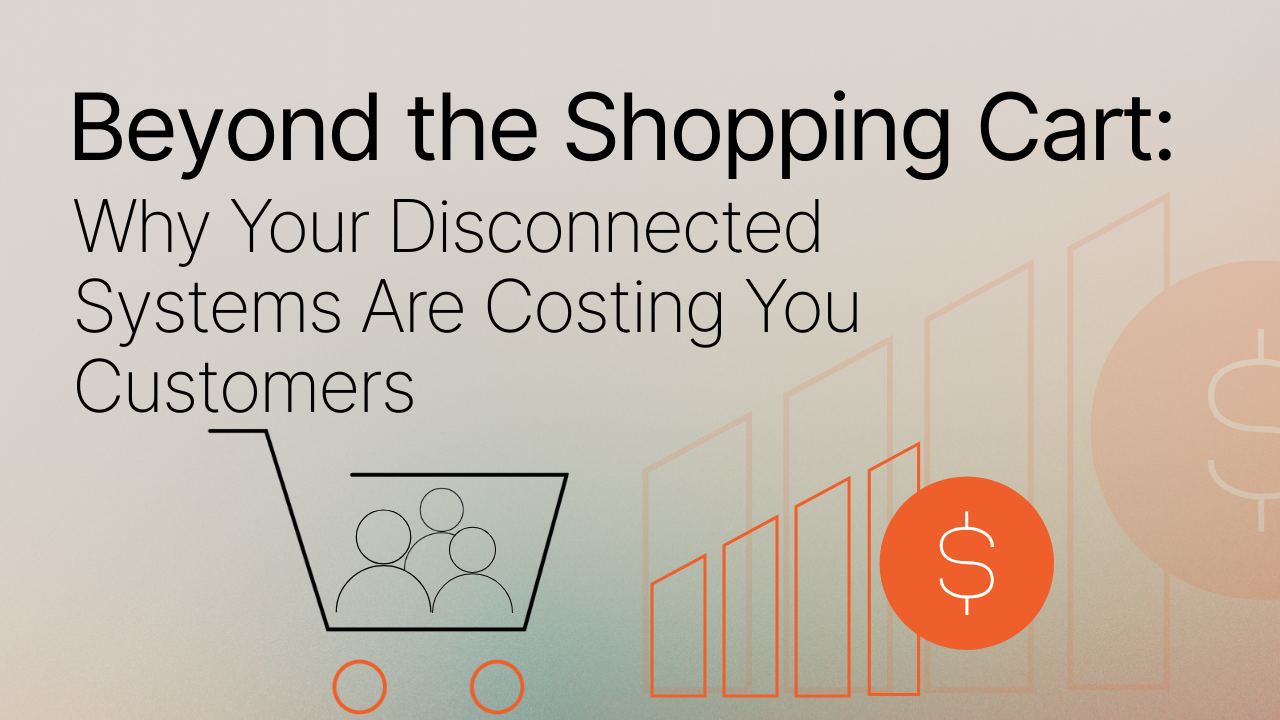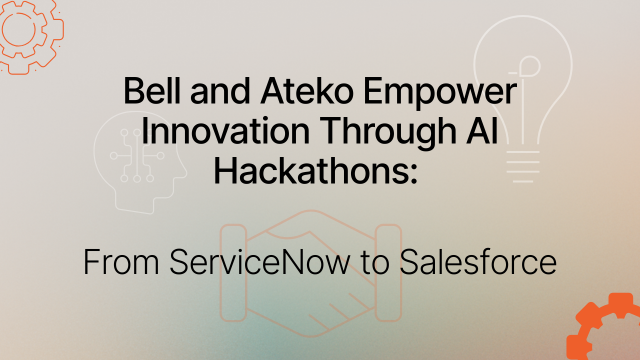Every retail leader we talk to wants the same things: a single view of the customer, more flexible fulfillment options, and less dependence on a patchwork of disconnected systems. The problem is, for many, the technology powering their business is the very thing holding them back.
If you’re running your e-commerce site, in-store POS, and order management on separate, poorly integrated platforms, you’re not just creating headaches for your internal teams. You’re creating disjointed, frustrating experiences that cost you customers.
But what if every part of the retail experience—from online discovery to in-store pickup—felt like one seamless journey?
At Salesforce’s CNX 2025 Conference in Chicago, they shared a compelling look at this future of unified commerce. The vision was clear: reduce friction, connect the dots between systems, and make the entire shopping journey work the way customers expect it to.
And while this may not all be available today, it’s not five years out, either. This is the new standard for retail, and it’s closer than you think.

A Shopping Experience That Just Works
Instead of talking in hypotheticals, let’s walk through a real-world customer journey powered by a truly unified platform. This is the experience your customers are starting to expect, and it’s one you can deliver.
1. Discovery & True Personalization
It starts with a product spotted on a social media ad. The customer clicks through to your e-commerce storefront. The difference? The site, powered by Salesforce Commerce Cloud (SFCC), is personalized instantly. It recognizes the referral source and leverages past interactions from your CRM and Data Cloud — even if the customer is browsing anonymously. This isn’t just about showing “You might also like.” It’s about tailoring the experience from the very first click, answering the silent question every CMO has: “How do we leverage the data we already have to create better experiences?”
2. Guided Shopping with an AI Assistant
Instead of aimlessly clicking through categories, the customer has a question. Rather than searching a static FAQ page or waiting for a live agent, they engage with AgentForce—an embedded AI assistant. It helps narrow down options, answers nuanced product questions (“Will this bike helmet fit a 7-year-old?”), and guides them through the purchase flow, all within a single chat window. For an e-commerce manager focused on conversion rates, this is game-changing. It removes friction at the most critical points of the journey.
3. Checkout That Works for the Customer
At checkout, the customer wants to ship the helmet to their home but have their bike assembled for pick up from their local bricks and mortar store this weekend. On a disconnected system, this is often impossible. On a unified platform, it’s simple. Salesforce Order Management works directly with the Retail POS system, allowing for seamless split-shipments and in-store pickups. A loyalty sign-up is offered mid-flow, with the benefits applied instantly. This is the flexible, customer-centric fulfillment every retailer strives for.
4. The In-Store Experience, Connected
When the customer arrives for their bike, the journey continues. The store associate uses the Salesforce Retail POS to view their full profile. They don’t just see an order number; they see the customer. Their loyalty status, their past purchases (both online and in-store), their preferences, and even AI-powered recommendations for accessories are all there. The handoff from digital to physical is invisible, creating a personalized, consistent experience that builds real loyalty.

The High Cost of “Good Enough”: Why a Single Platform Matters
Each piece of this journey was supported by a component of the Salesforce platform, with Data Cloud and Loyalty Cloud quietly linking everything in the background.
The result is a shopping experience that flows.
This stands in stark contrast to the “glued-together” reality many retailers face. When you rely on a collection of best-of-breed systems from different vendors, you’re constantly battling the hidden costs:
- Expensive, Brittle Integrations: You pay developers to build and maintain a complex web of APIs that are prone to breaking every time one platform has an update.
- Data Silos and Lag: Customer data gets trapped. The marketing team can’t see in-store purchase data, and the e-commerce team doesn’t know what a customer bought last week at a physical location. You can’t achieve a true single view of the customer.
- Operational Drag: Simple tasks like managing inventory across channels or processing a multi-channel return become manual, time-consuming nightmares that hurt your bottom line.
This isn’t about abstract AI promises; it’s about making retail simpler, smarter, and more connected. It’s about moving from a patchwork of technologies to a single, unified foundation.
Where Ateko Comes In: Building Your Roadmap
At Ateko, backed by Bell Canada, we work closely with retailers to bring experiences like this to life—not just on paper, but in stores, warehouses, and websites across North America.
This unified experience isn’t something you need to wait years for. Many of the pieces are already here. Others are close behind. For businesses already using Salesforce for marketing or data, the path is even clearer. The opportunity now is to lay the groundwork.
Whether you’re looking to migrate from a legacy in-house system or enhance your existing Salesforce investment, the goal is the same: connect your systems, rethink the customer journey, and start delivering better experiences in every channel.
We’re excited to help our customers get there—one step at a time.




